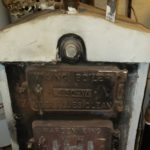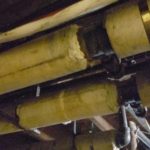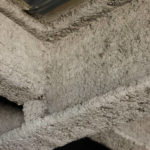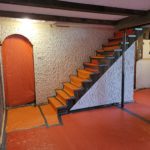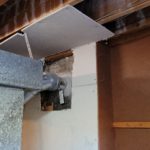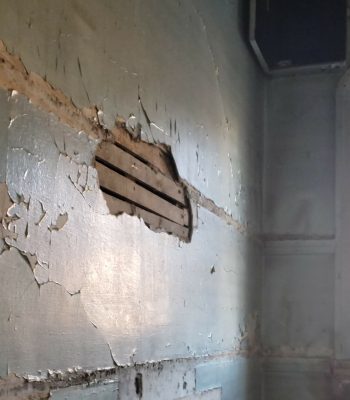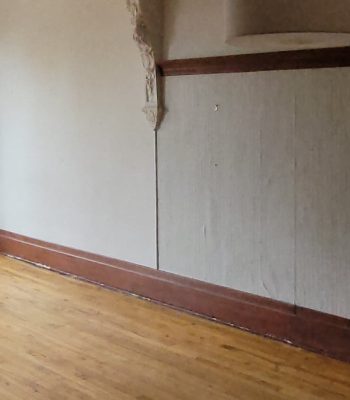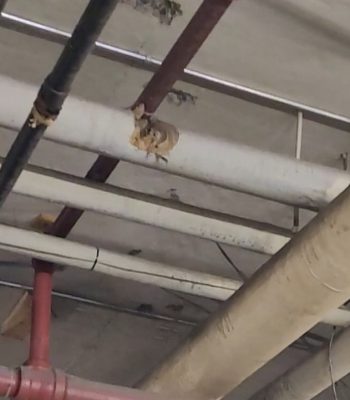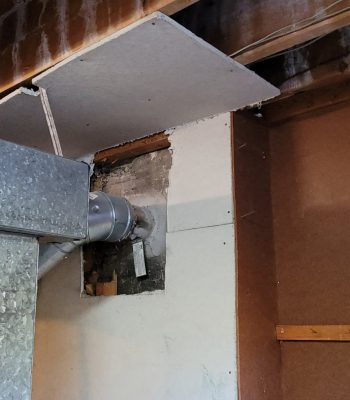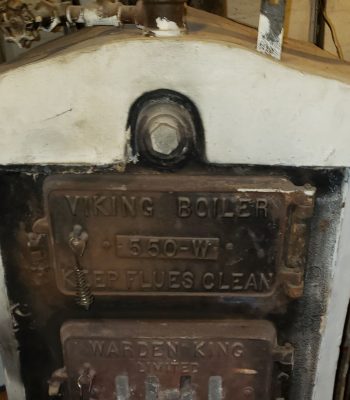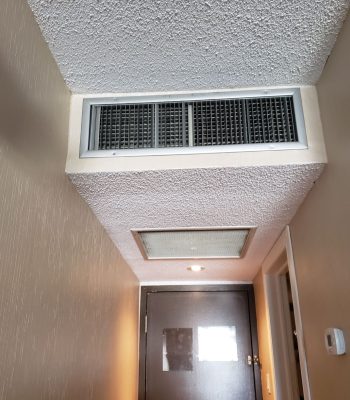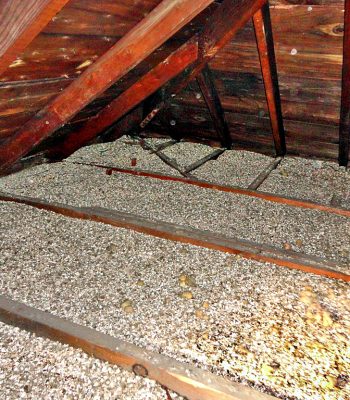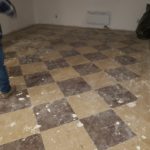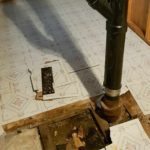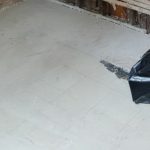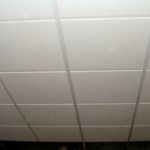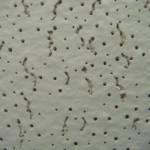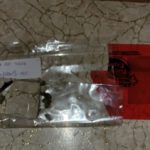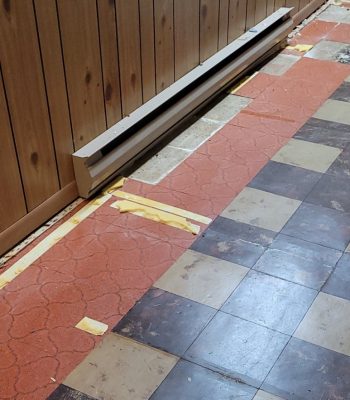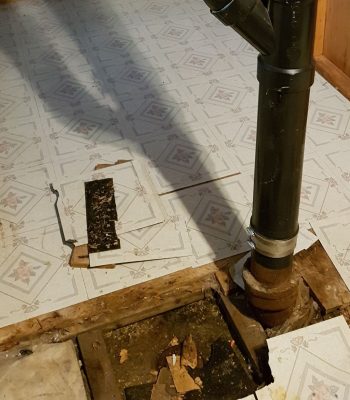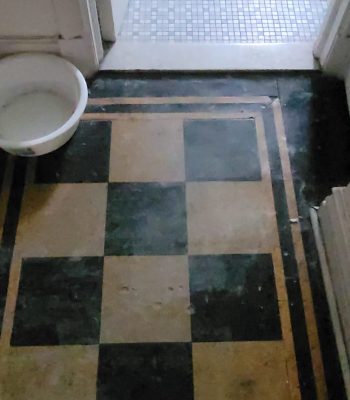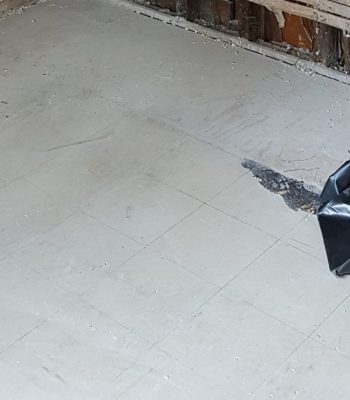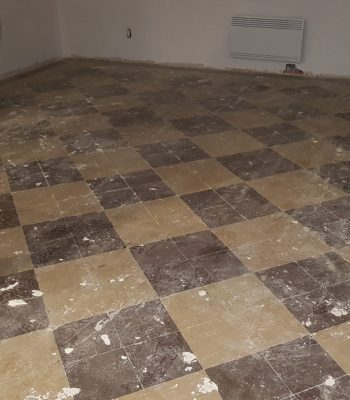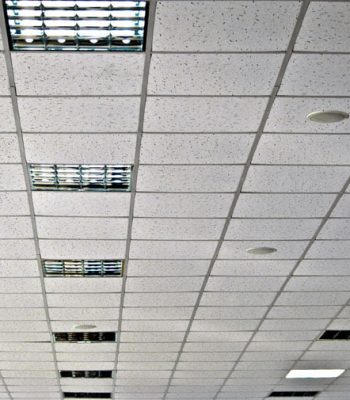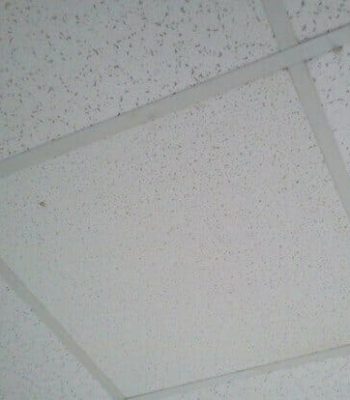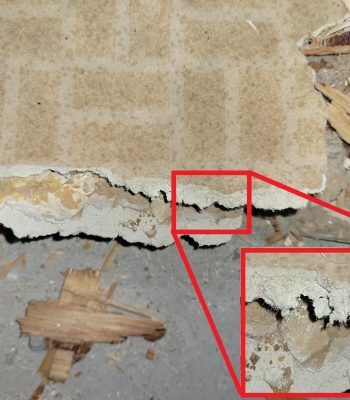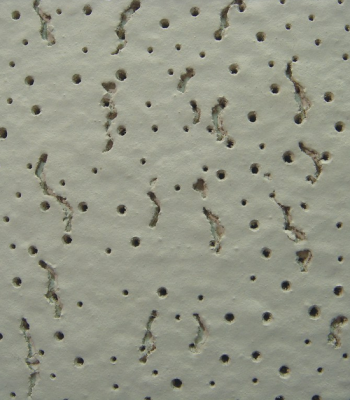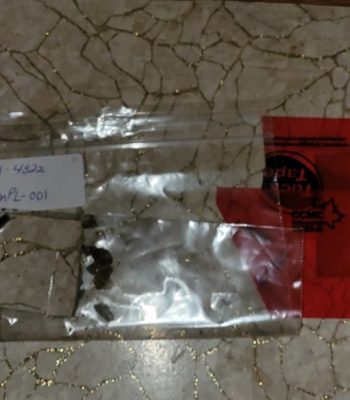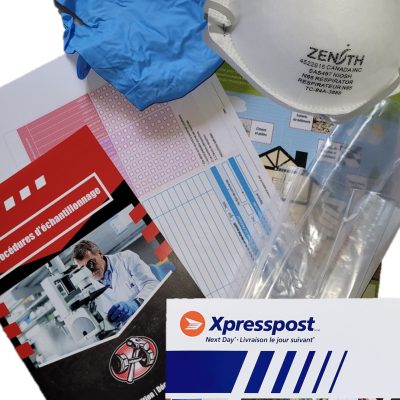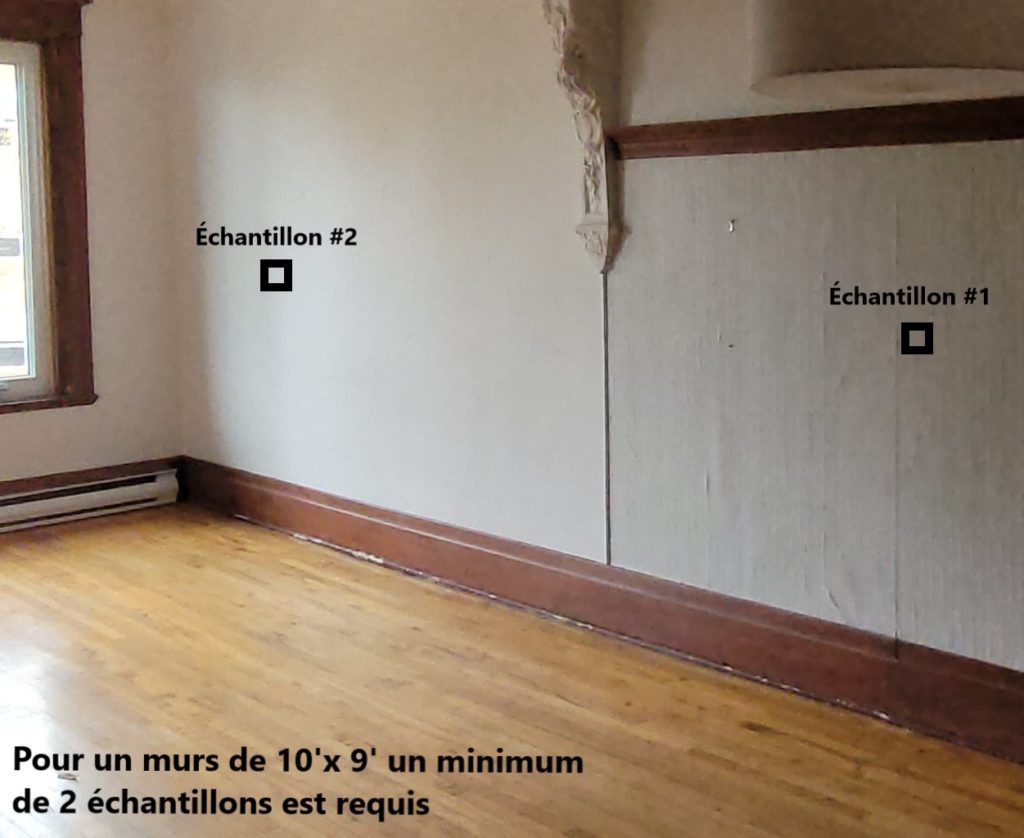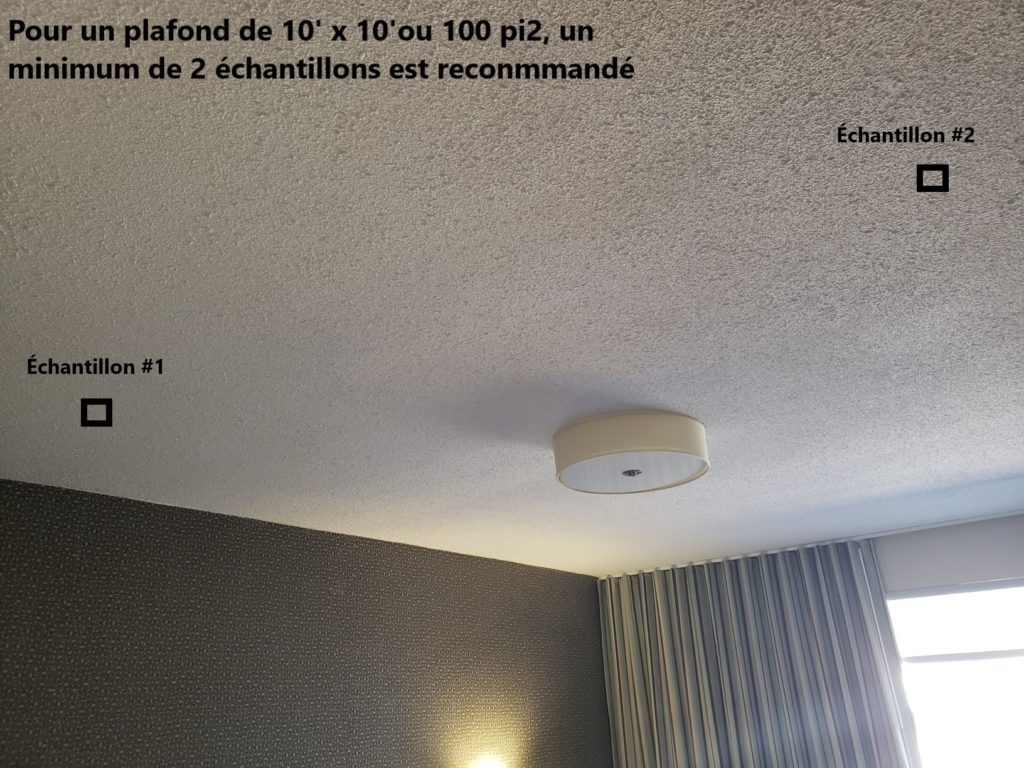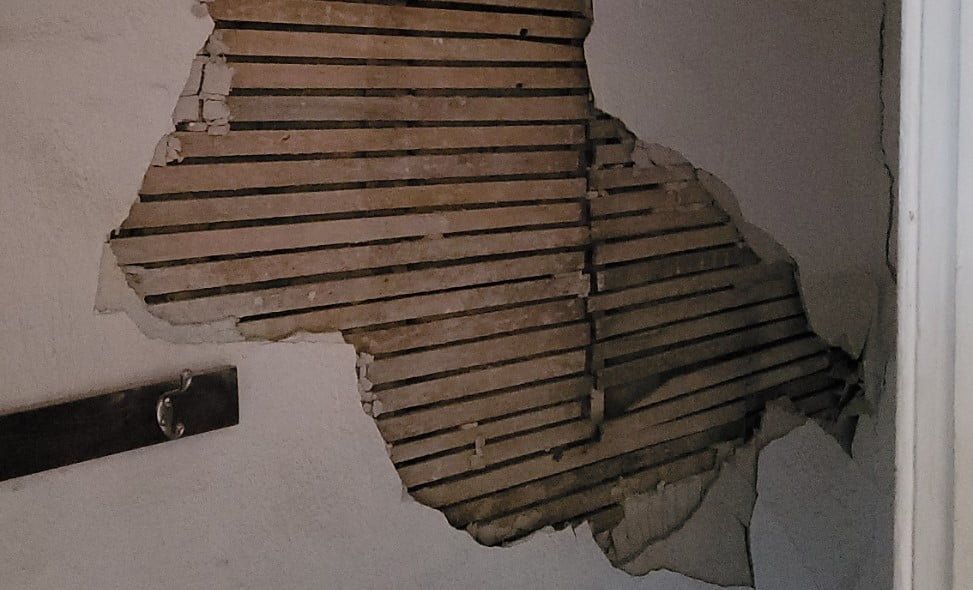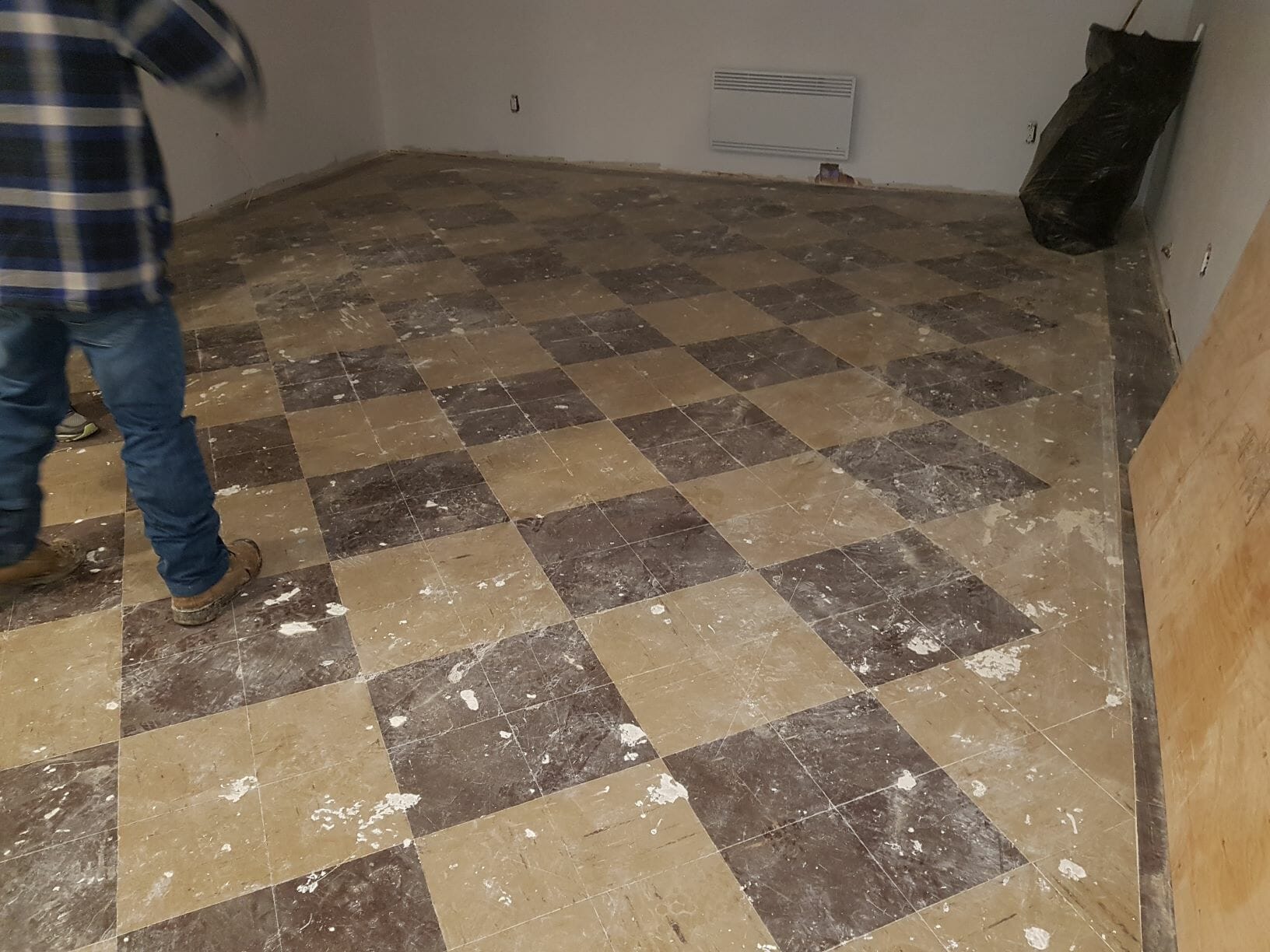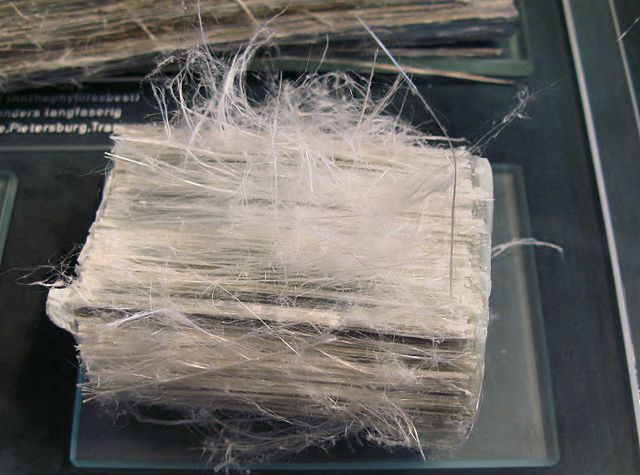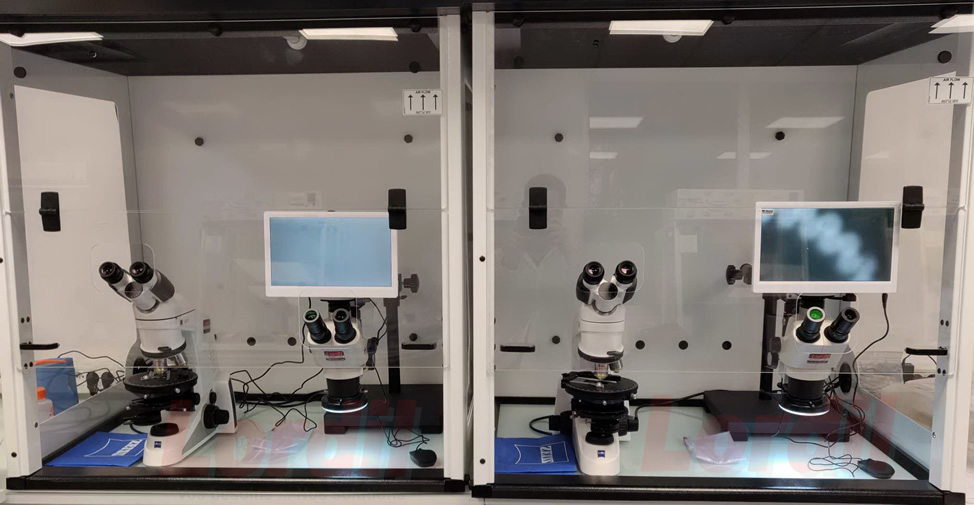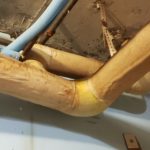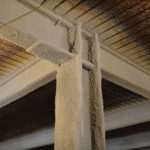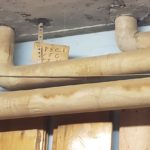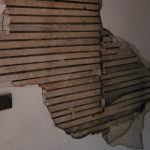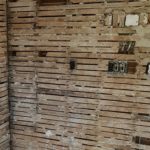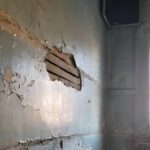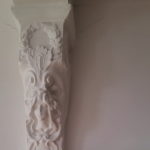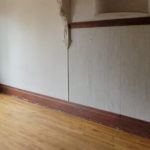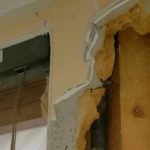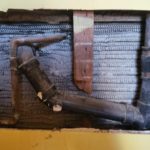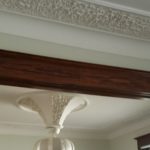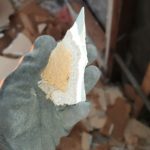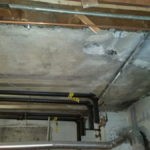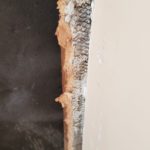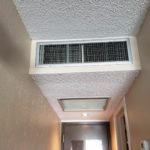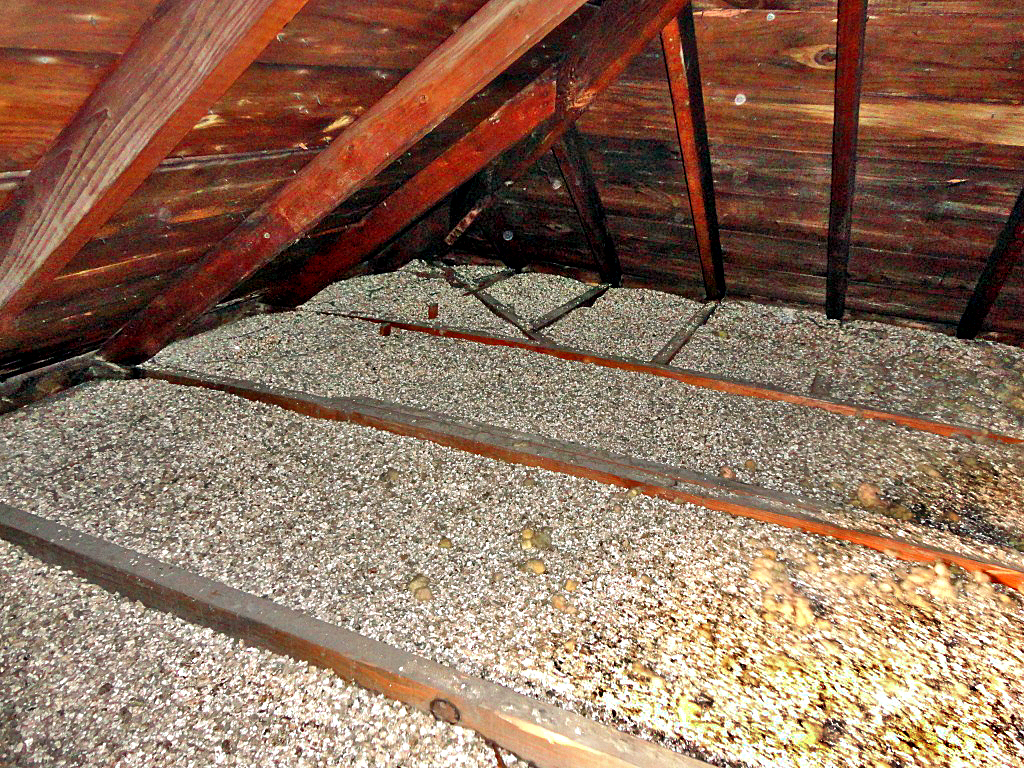Asbestos fibers can be released into the air and inhaled, posing a health risk. These invisible fibers are 400 to 2,000 times smaller than a human hair and can cause serious health problems after several years, including asbestosis, lung cancer and mesothelioma.
Materials containing asbestos can have health consequences if their condition deteriorates or if work is carried out (maintenance, repair, renovation, demolition, etc.), which could emit dust from these materials. So, as long as they are in good condition and no such work is planned, materials containing asbestos do not pose a significant health risk, according to Health Canada’s website.


 Know that it is also possible to do business with our certified sampling team. We will take samples of materials from the areas you have established. The samples will then be packaged and labeled according to established standards. The samples will then be sent to the laboratory for analysis. Once the samples arrive at the laboratory, they will be examined under a scanning electron microscope. The samples will be evaluated according to the type of material and the concentration of asbestos present. A detailed analysis report will be issued by the laboratory and sent to you by email.
Know that it is also possible to do business with our certified sampling team. We will take samples of materials from the areas you have established. The samples will then be packaged and labeled according to established standards. The samples will then be sent to the laboratory for analysis. Once the samples arrive at the laboratory, they will be examined under a scanning electron microscope. The samples will be evaluated according to the type of material and the concentration of asbestos present. A detailed analysis report will be issued by the laboratory and sent to you by email.
